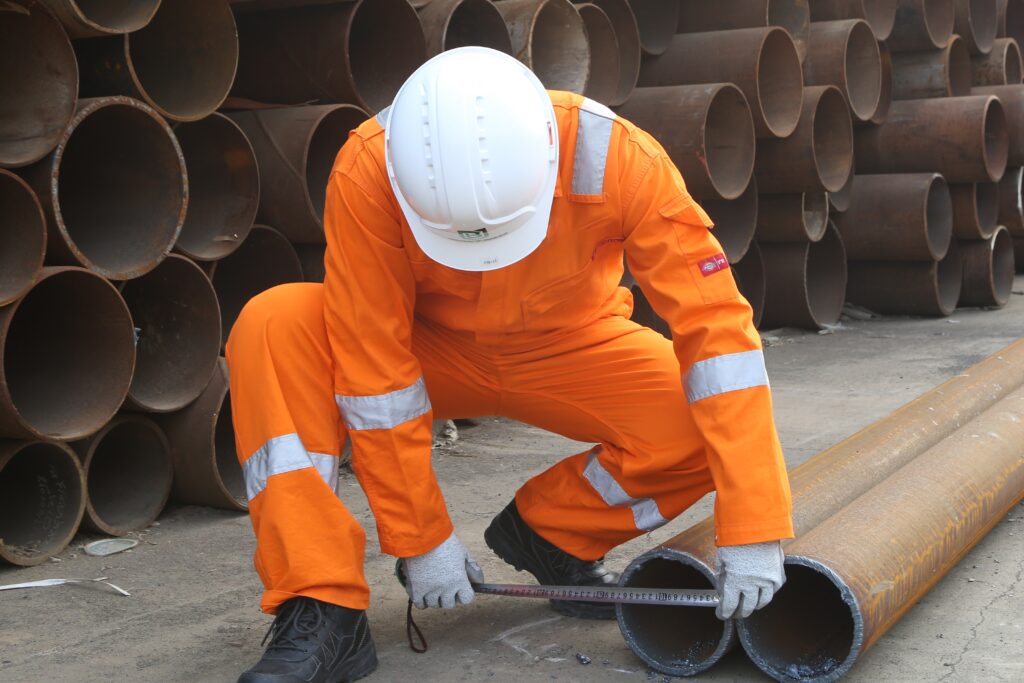
Introduction
Personal Protective Equipment, commonly known as PPE, is a vital component of workplace safety across various industries and has taken on newfound importance in our daily lives during the COVID-19 pandemic. PPE serves as a shield, safeguarding individuals from a range of potential hazards, ensuring their well-being, and enabling them to perform their tasks effectively. In this article, we will delve into the world of PPE, discussing what it is, its classifications, common usage scenarios, and how to choose the right PPE for specific situations.
What is PPE?
Personal Protective Equipment, or PPE, refers to specialized gear, equipment, or clothing designed to protect individuals from workplace or environmental hazards that could cause injury, illness, or even death. PPE acts as a barrier between the wearer and various risks, including physical, chemical, biological, radiological, and electrical dangers.
Classifications of PPE
PPE can be classified into several categories, each tailored to address specific types of hazards. The primary classifications include:
Head Protection: This category includes safety helmets or hard hats, which shield the head from falling objects, electrical shocks, and impacts. They are commonly used in construction and industrial settings.
Eye and Face Protection: Safety glasses, goggles, and face shields protect the eyes and face from flying debris, chemicals, intense light, and splashes. These are essential in industries like welding, woodworking, and laboratories.
Hearing Protection: Earplugs and earmuffs are used to reduce exposure to high noise levels, preventing hearing loss in noisy work environments, such as manufacturing plants or construction sites.
Respiratory Protection: Respirators, including N95 masks and full-face respirators, filter out harmful particles and contaminants from the air. They are critical in healthcare, construction, and industries dealing with airborne hazards.
Hand and Arm Protection: Gloves, sleeves, and gauntlets are used to protect hands and arms from cuts, chemical exposure, burns, and abrasions. Workers in healthcare, manufacturing, and laboratories frequently use these.
Body Protection: This category includes coveralls, aprons, and vests, designed to safeguard the torso and limbs from chemical, biological, radiological, or physical hazards. Industries such as healthcare, hazardous material handling, and agriculture employ body protection.
Foot and Leg Protection: Safety boots or shoes with reinforced toes and slip-resistant soles protect the feet from falling objects, punctures, electrical hazards, and slips. They are indispensable in construction, manufacturing, and mining.
Fall Protection: Harnesses, lanyards, and lifelines are essential for preventing falls from heights and are commonly used in construction, maintenance, and roofing.
Scenarios of PPE Usage
PPE finds application in a wide range of scenarios:
Healthcare: Healthcare workers use PPE such as masks, gloves, gowns, and face shields to protect themselves and patients from infections and other hazards.
Construction: Construction workers rely on PPE like hard hats, safety vests, gloves, and fall protection equipment to mitigate the risks of falling objects, slips, trips, and falls.
Chemical Handling: Workers handling chemicals use PPE like chemical-resistant suits, gloves, and goggles to prevent exposure to corrosive or toxic substances.
Welding: Welders wear helmets with face shields, welding gloves, and flame-resistant clothing to shield themselves from intense heat and UV radiation.
Manufacturing: Employees in manufacturing industries use PPE like safety glasses, hearing protection, and protective clothing to stay safe from various workplace hazards.
How to Choose PPE
Selecting the right PPE is crucial for safety. Here are some steps to guide you in making the correct choices:
Identify Hazards: Conduct a thorough risk assessment to identify potential hazards in your work environment.
Understand Regulations: Familiarize yourself with local and national regulations and standards governing PPE use in your industry.
Select Appropriate PPE: Choose PPE that is specifically designed to protect against the identified hazards. Ensure it fits properly and is comfortable to wear for extended periods.
Training and Education: Train employees on the proper use, maintenance, and limitations of PPE. Make sure they understand when and how to use it.
Regular Maintenance: Inspect and maintain PPE regularly to ensure it remains effective. Replace damaged or worn-out equipment promptly.
Evaluate and Adjust: Continuously evaluate your PPE program and make necessary adjustments based on feedback and changing workplace conditions.
Conclusion
Remember that your safety should always be a top priority. Properly selected and maintained PPE plays a crucial role in reducing the risks associated with various workplace hazards.
 3M
3M Ansell
Ansell Dellta Plus
Dellta Plus Drager
Drager edelrid
edelrid Honeywell
Honeywell JUTEC
JUTEC lakeland
lakeland MSA
MSA New Pig
New Pig Weldas
Weldas